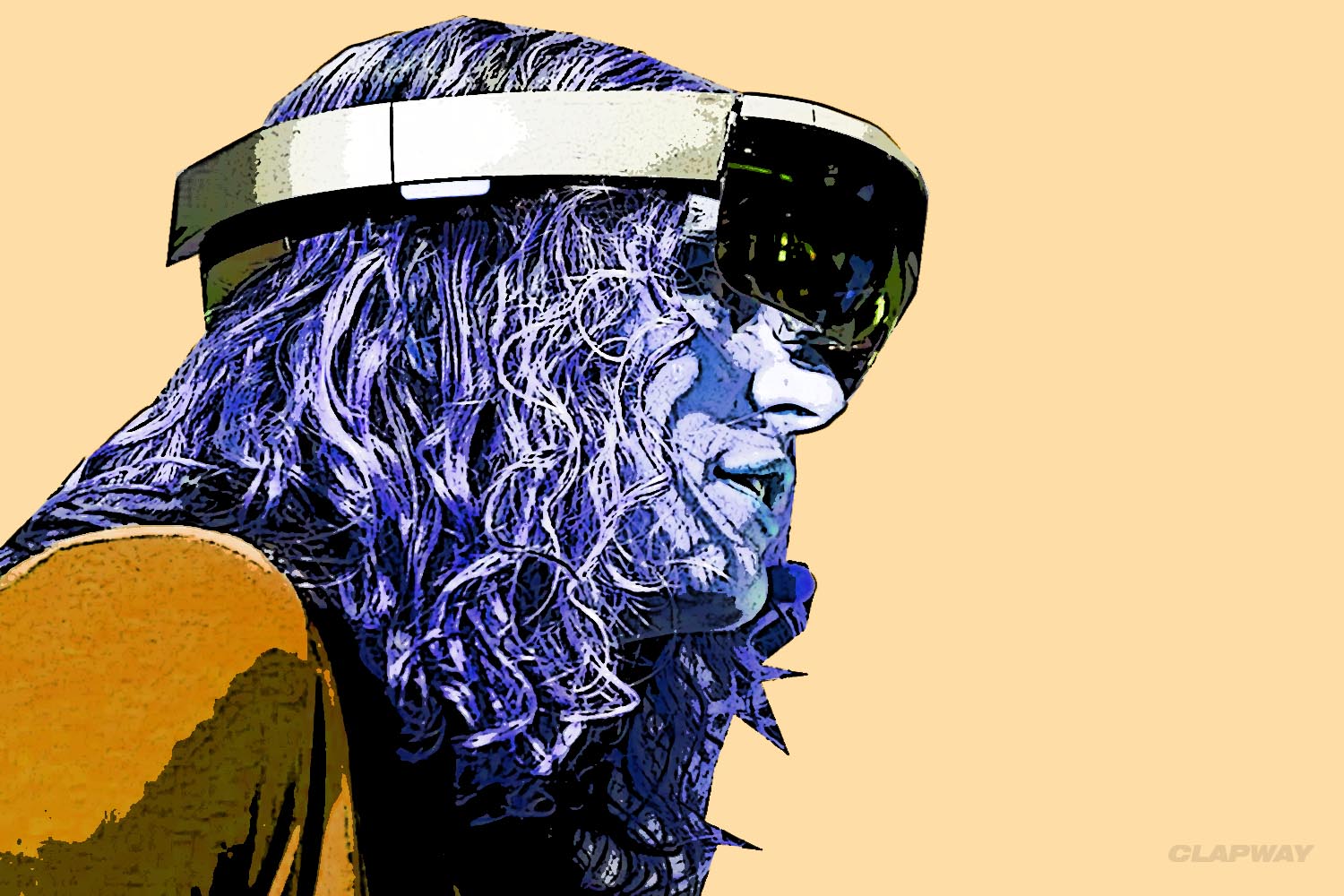
Apple, Facebook and Sony are all about VR. Microsoft is taking a different approach with their HoloLens by taking a stab on Google Glass. Microsoft is choosing to focus more on augmented reality.
Microsoft Dishes Some HoloLens Details
Not much is known about the details of the HoloLens headset itself. Recently, Technical Evangelist Bruce Harris revealed that the HoloLens may not be wired at all. In addition, he shared that Microsoft is already working on a second-generation version of the headset.
Going wireless is for the best. When it comes to AR or VR, having the freedom to move is the essence of the experience. The headset will be connecting to other devices via Bluetooth and Wi-Fi.
HoloLens Combines the Best of AR and VR
The features of the HoloLens put it in a seriously competitive position. The headset will be able to run any Windows 10 app and can pair up with other headsets to communicate. Users can even share what they’re seeing with other headsets. The device’s battery life is expected to run for 5.5 hours on basic usage. With more intense usage, users will get a minimum 2.5-hour life. Microsoft had to sacrifice quite a bit for this kind of battery life.
The actual vision is akin to having a 15″ screen right in front of your eyes. This may be small in comparison to other AR headsets. The second generation HoloLens might have the technology and materials to bring in something bigger. Nothing has been shared in regards to price though the developer kit is tagged for $3,000. The retail price will hopefully be more accessible.
What of Google Glass?
Google Glass was in the spotlight for a good fifteen minutes. These fifteen minutes revealed that the world just wasn’t ready for smart glasses. The HoloLens comes in as a combination of the Google Glass and the premise of VR headsets, and it could sell exceptionally better.
Google is reportedly working on a second-generation of Google Glass as well. There is buzz that they may even release two versions, one geared specifically for sports and fitness. Pricing and specs are still AWOL for this, but it could give Google some support in this market.


















